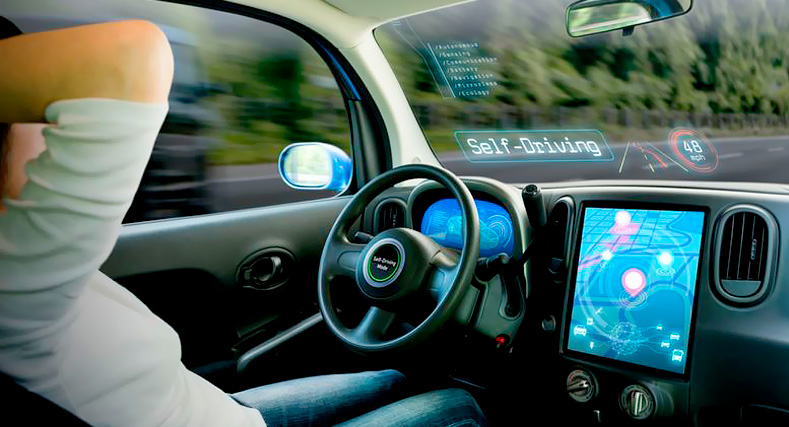
Technology has left its mark on the automobile industry. The result is a lot of innovations, just like our smartphones that are capable of calls, browsing, and more. As a result, our cars can now do so much more. These are the top seven car technology trends.
Predictive Automobile Technology
Machine learning and artificial learning are technologies that we’ve heard of before. They are now being seen as a critical part of the future of the automobile industry. Predictive capacities are used for enriching the driving experience. Manufacturers are following up on tech trends in the automobile industry by implementing software, algorithms that rely on data when making the car. This enables the manufacturer to incorporate the application preferences and the infotainment framework of the car.
Many automobiles can now communicate or work with IoT gadgets. In other words, cars manufactured in the automobile industry can now understand voice commands, smartphone apps, therefore, modifying the UI. The same predictive technology is used in the car’s interiors as sensors. These sensors notify the owner about scheduled servicing, car issues, etc.
Smart Home Integration in Automobile Technology
Several big device brands like Samsung SmartThings and Amazon’s Alexa have joined this race in the automobile industry. What they have created are IoT platforms that initially were partnered with smart homes, and now your smart car. Smart cars are different from the average automobiles, as they have APIs for use with mobility applications.
When used with these IoT platforms, the smart car will enable the driver to control the functions of their home and car from one place. Such an ecosystem will let you locate your car, unlock it, monitor fuel tanks, mileage limits, and battery levels using just an app or a device. You can even use the car to control functions in your home. For instance, open the garage door as soon as you drive home. You can even switch on the lights, AC, security system, etc. — all while driving your car.
Use of Autonomous Vehicles is rising
The most advanced use of technology in the automobile industry is the development of autonomous cars. This car can sense its environment on its own without the need for human intervention. Human passengers don’t have to worry about taking control of the car either. The SAE or Society of Automotive Engineers has defined six levels of automated driving ranging from Level 0. Level 0 is fully manual while Level 5 is fully autonomous.
Autonomous cars rely on a system of sensors, algorithms, actuators, machine learning, and processors to operate. They use this to create a virtual map of the area. The radar sensors capture nearby vehicles. The cameras detect traffic lights, road signs, people. And the Lidar sensors assess distances, lane markings, road edges, etc.
GPS Vehicle Tracking integrated with Automobile Technology
GPS isn’t a new trend in the automobile industry, but it’s been advanced since its origin. This technology uses satellite-based navigation to provide the location, weather conditions, and time data. Today it refers to an interconnected communications network that controls vehicle fleets. You can track and control many vehicles simultaneously via tablets, smartphones, computers 24×7. As a result, several logistics service providers can get instantaneous or historical tracking records; these concern vehicle speeds, stopping points, routes used, idle times, etc.
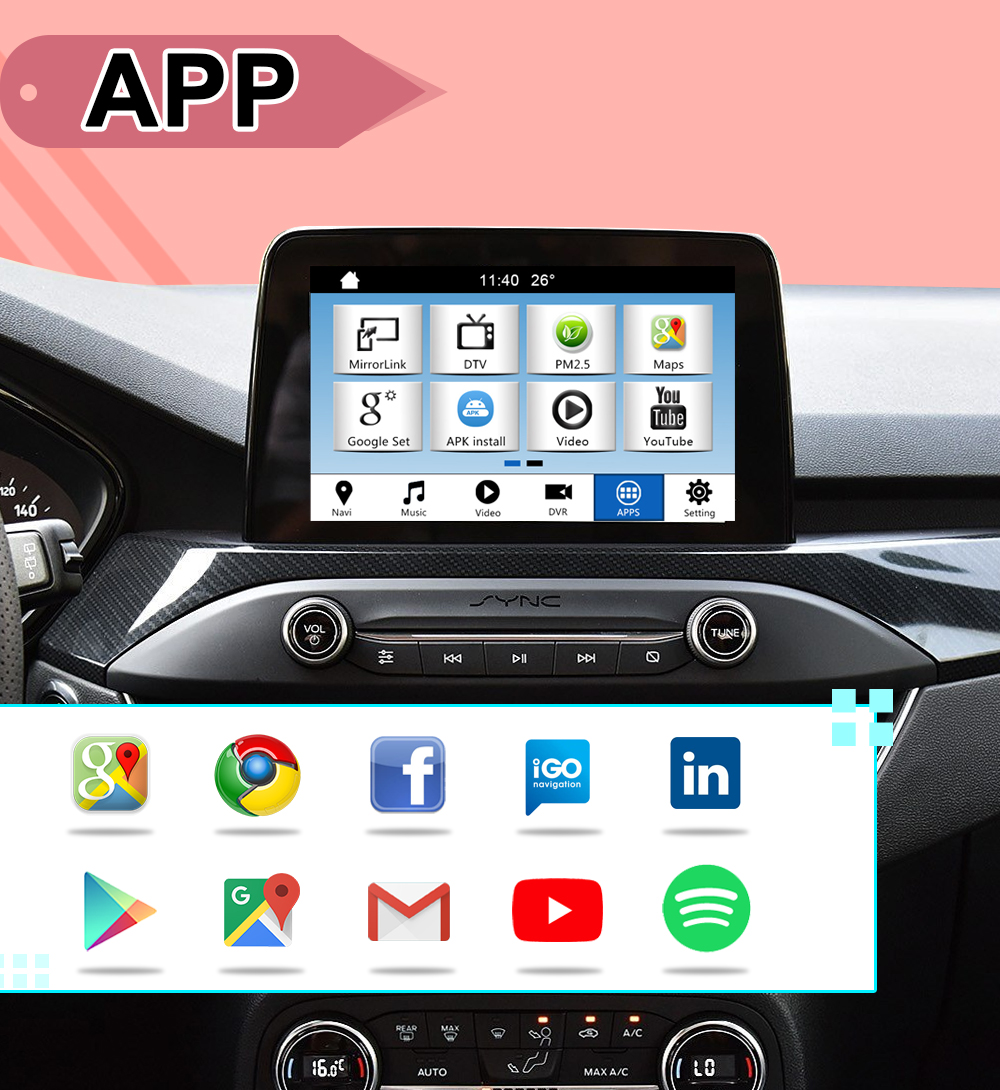
Vehicle-to-Vehicle Communication
In its simplest definition, V2V communication is wireless data transmission between multiple vehicles. The goal of such technology is to reduce accidents by enabling moving cars to transmit speed and position data via a mesh network. Depending on the prevalent automobile technology, drivers may receive warning notifications or the car may apply preemptive actions like slowing down or braking.
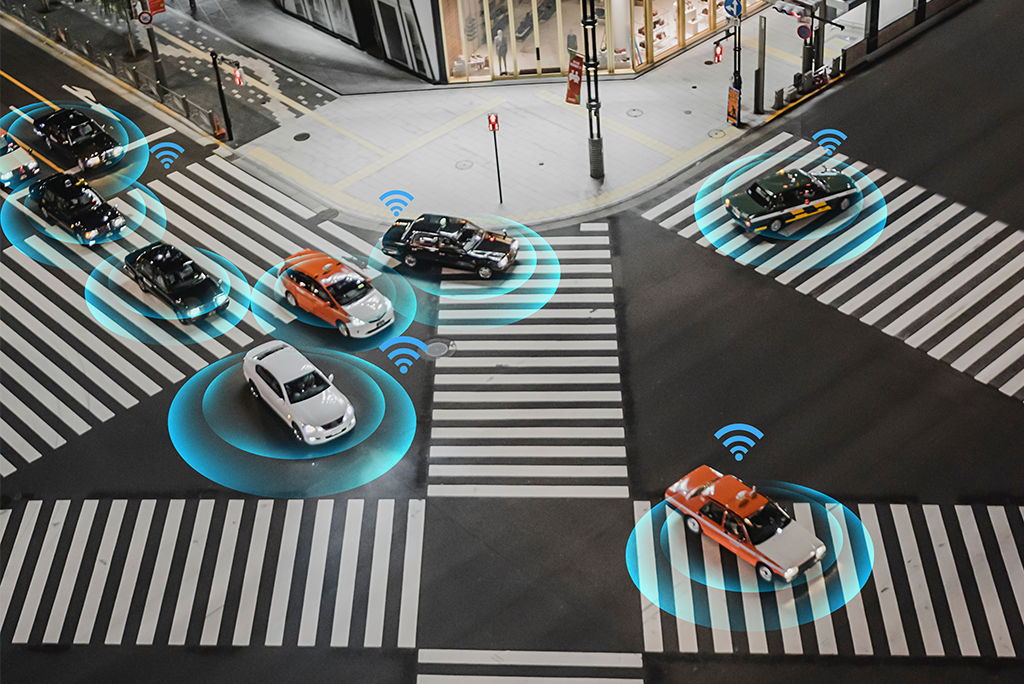
Biometric Seat Technology
Engineers and researchers at Ford unveiled their biometric seat technology in 2013. Currently, it is a prototype version that can use driver biometrics to assess stress levels. The seat works via reactive sensors that monitor constant changes in physiological states like skin temperatures, heart rates, and breathing rates. With this data, the vehicle can then send out warnings to tell the driver if they are too tensed or stressed out behind the wheel.
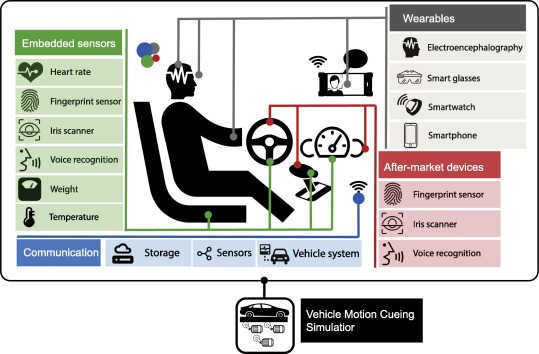
These sensors are installed on the seat belt, the steering wheel, and trigger automatic speed limiting, dial or block smartphone calls, audio warnings, etc. Biometric sensor trends in the automobile industry are able to change the heating, lighting, and media used inside the car cabin. For example, it could play songs, podcasts to help drivers focus and relax. Then sensors could alert tired drivers and eventually adapt to personal preferences using AI. Research is still in progress and we can expect similar technology for rear passenger seats.
Bentley is one more car manufacturer that released future car design concepts involving biometric seats. The concept highlighted monitors for passenger position, temperatures, blood pressure, sensing manual/autonomous driving states. It will include voice-activated personal assistants.
Cars-as-a-Service
This refers to how we will use or access technology-enabled cars or smart cars. In the next two decades, we could expect to see more of these cars. However, most of these cars will likely be connected to dedicated services and not individual drivers. Think of it as the Uber of the future, as reported by IHS Automotive. Google and the major carmakers in the automobile industry will produce more of these driverless vehicles that will be road-ready soon. By 2035, IHS Automotive estimates that 12 million driverless and self-driving cars will be sold around the world.
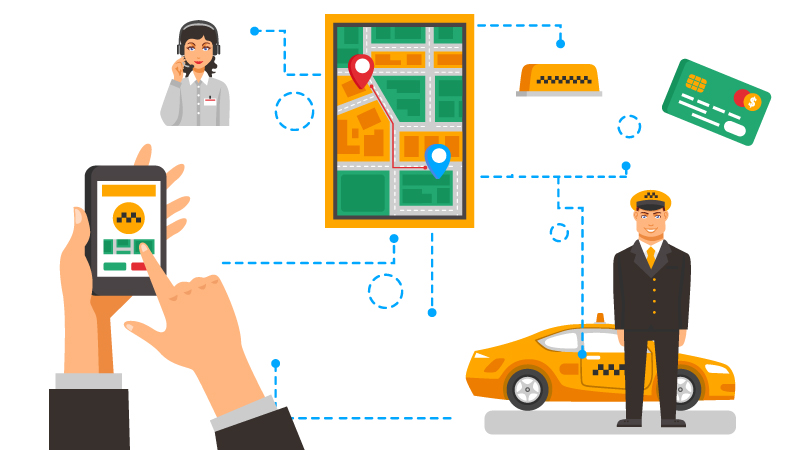
They do have to contend with other industry factors as well. For instance, 85% of the global population doesn’t have driving licenses. And other younger drivers may have to wait for longer than usual to get one. Other consumers that do possess a valid driving license don’t drive too often or rely on app-cabs or public transportation to save on car maintenance costs.
Originally published at https://kbviews.com on March 29, 2021.
